A Bigger Slice of the Profits
When companies buy back their shares, the plan is to carve up earnings into larger pieces. But do buybacks always work?

What do ExxonMobil, Goldman Sachs, Harley-Davidson and IBM have in common? Each has a healthy appetite for its own stock. In fact, all of corporate America seems to be feasting. In 2005, U.S. companies announced a record $458 billion of stock buybacks on the open market. The banquet is still going strong in 2006, with 108 buybacks worth $66 billion announced so far. By buying their own stock with spare cash, companies are signaling that the shares are a good value at the current price. The large volume of buybacks hints that the broad market is undervalued. And with fewer shares trading, remaining shareholders get a larger ownership stake -- a bigger slice of the earnings pie.
But the truth about buybacks is more complex. Despite record buybacks, the aggregate number of shares outstanding of companies in Standard & Poor's 500-stock index is rising, says UBS Securities, primarily because companies have been issuing so many stock options to executives and employees.
You can find the money spent on buybacks in a company's cash-flow statement. But the income statement is where a company's share count is compared from year to year. Between the two, you'd find, for example, that Yahoo spent nearly $1 billion to repurchase shares last year, while the number of shares outstanding rose 2%. ConocoPhillips spent $1.9 billion, but the number of shares increased 3%.
From just $107.88 $24.99 for Kiplinger Personal Finance
Become a smarter, better informed investor. Subscribe from just $107.88 $24.99, plus get up to 4 Special Issues

Sign up for Kiplinger’s Free Newsletters
Profit and prosper with the best of expert advice on investing, taxes, retirement, personal finance and more - straight to your e-mail.
Profit and prosper with the best of expert advice - straight to your e-mail.
Still, 80 firms have decreased their share count by at least 4%, including Exxon, Goldman, Harley and IBM. If you own stock in a firm that really does reduce its share total, the buyback can pay off. A portfolio equally weighted with companies that have positive earnings trends and share-count reductions of 2% or more, rebalanced quarterly, would have returned nearly 20% annually since 1984, compared with 13% for the SP 500, says Lehman Brothers.
Still, you need to be clear on the rationale behind a buyback. Has a temporary cloud put the stock in the bargain bin? Then a buyback -- especially if executives are buying for their own accounts -- is bullish. Similarly, in a maturing industry or slowing economy, buybacks are a legitimate way to boost the return -- more promising, for example, than using the cash for doubtful expansions. Altria is the poster stock here. Since 1989, the former Philip Morris has trimmed its share count by 2% annually and increased earnings per share more than 10%.
Expect buybacks in general to remain popular this year. The motivation won't so much be issuing stock options; companies are actually issuing fewer of them due to restrictive accounting rules. Rather, more companies will use repurchased shares as a war chest for acquisitions. And more seem committed to simply serving up a bigger slice of the pie. Yum.
Profit and prosper with the best of Kiplinger's advice on investing, taxes, retirement, personal finance and much more. Delivered daily. Enter your email in the box and click Sign Me Up.

Anne Kates Smith brings Wall Street to Main Street, with decades of experience covering investments and personal finance for real people trying to navigate fast-changing markets, preserve financial security or plan for the future. She oversees the magazine's investing coverage, authors Kiplinger’s biannual stock-market outlooks and writes the "Your Mind and Your Money" column, a take on behavioral finance and how investors can get out of their own way. Smith began her journalism career as a writer and columnist for USA Today. Prior to joining Kiplinger, she was a senior editor at U.S. News & World Report and a contributing columnist for TheStreet. Smith is a graduate of St. John's College in Annapolis, Md., the third-oldest college in America.
-
 Gold and Silver Shine as Stocks Chop: Stock Market Today
Gold and Silver Shine as Stocks Chop: Stock Market TodayStocks struggled in Friday's low-volume session, but the losses weren't enough to put the Santa Claus Rally at risk.
-
 Don't Wait Until January: Your Year-End Health Checklist to Kickstart 2026
Don't Wait Until January: Your Year-End Health Checklist to Kickstart 2026Skip the fleeting resolutions and start the new year with a proactive plan to optimize your longevity, cognitive health, and social vitality.
-
 Premium Rewards Cards: More Perks, Higher Fees
Premium Rewards Cards: More Perks, Higher FeesSome issuers are hiking the annual fee on their flagship luxury credit cards by hundreds of dollars. Are they still worth using?
-
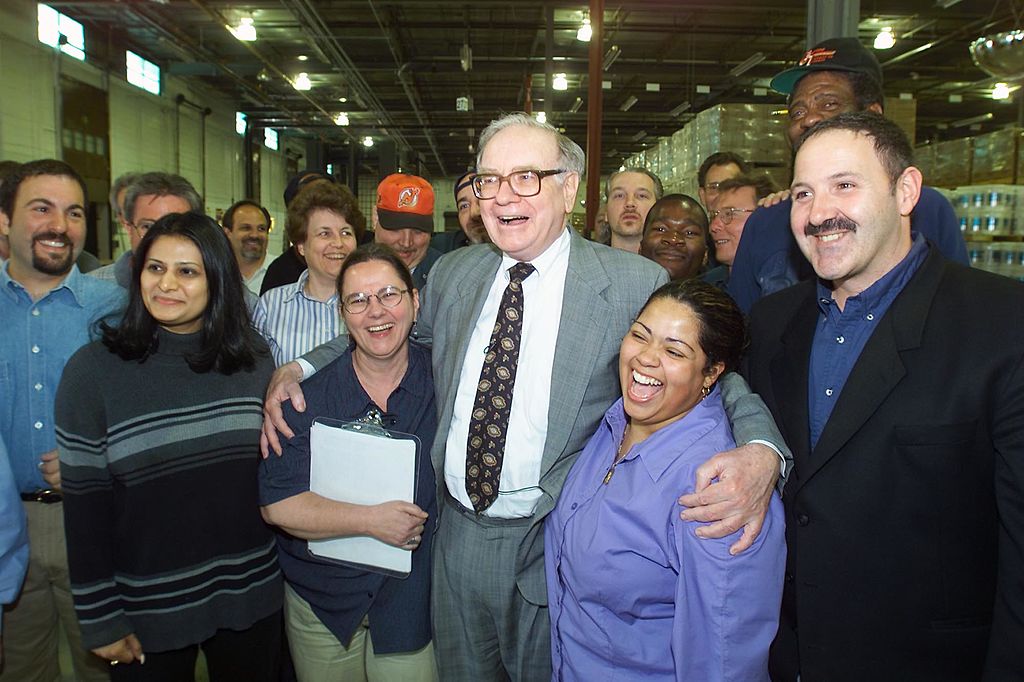 What the Rich Know About Investing That You Don't
What the Rich Know About Investing That You Don'tPeople like Warren Buffett become people like Warren Buffett by following basic rules and being disciplined. Here's how to accumulate real wealth.
-
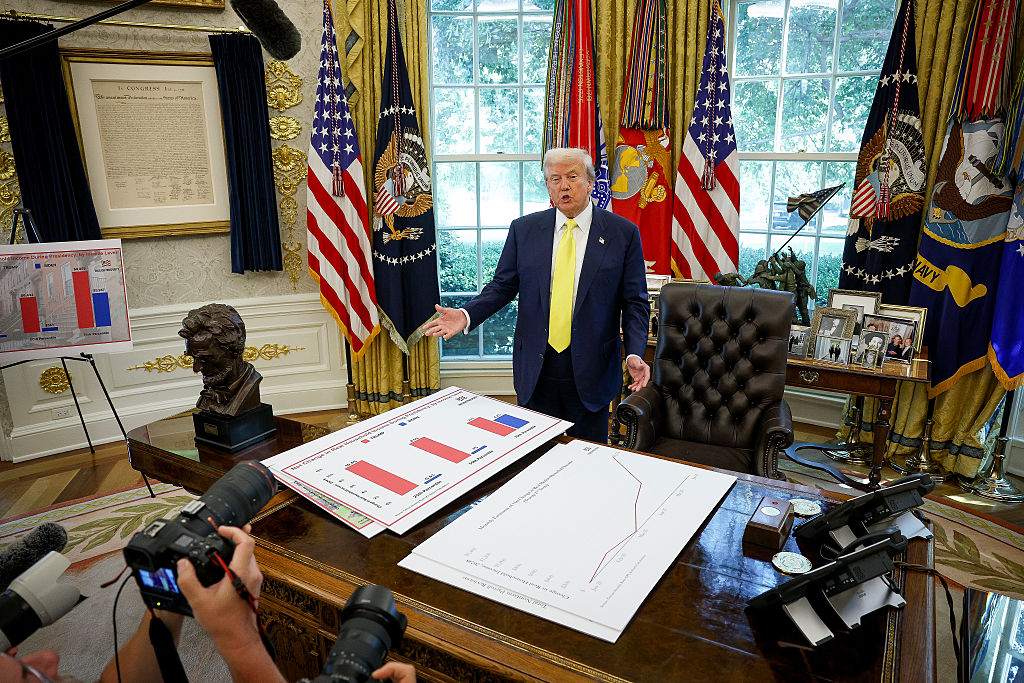 How to Invest for Rising Data Integrity Risk
How to Invest for Rising Data Integrity RiskAmid a broad assault on venerable institutions, President Trump has targeted agencies responsible for data critical to markets. How should investors respond?
-
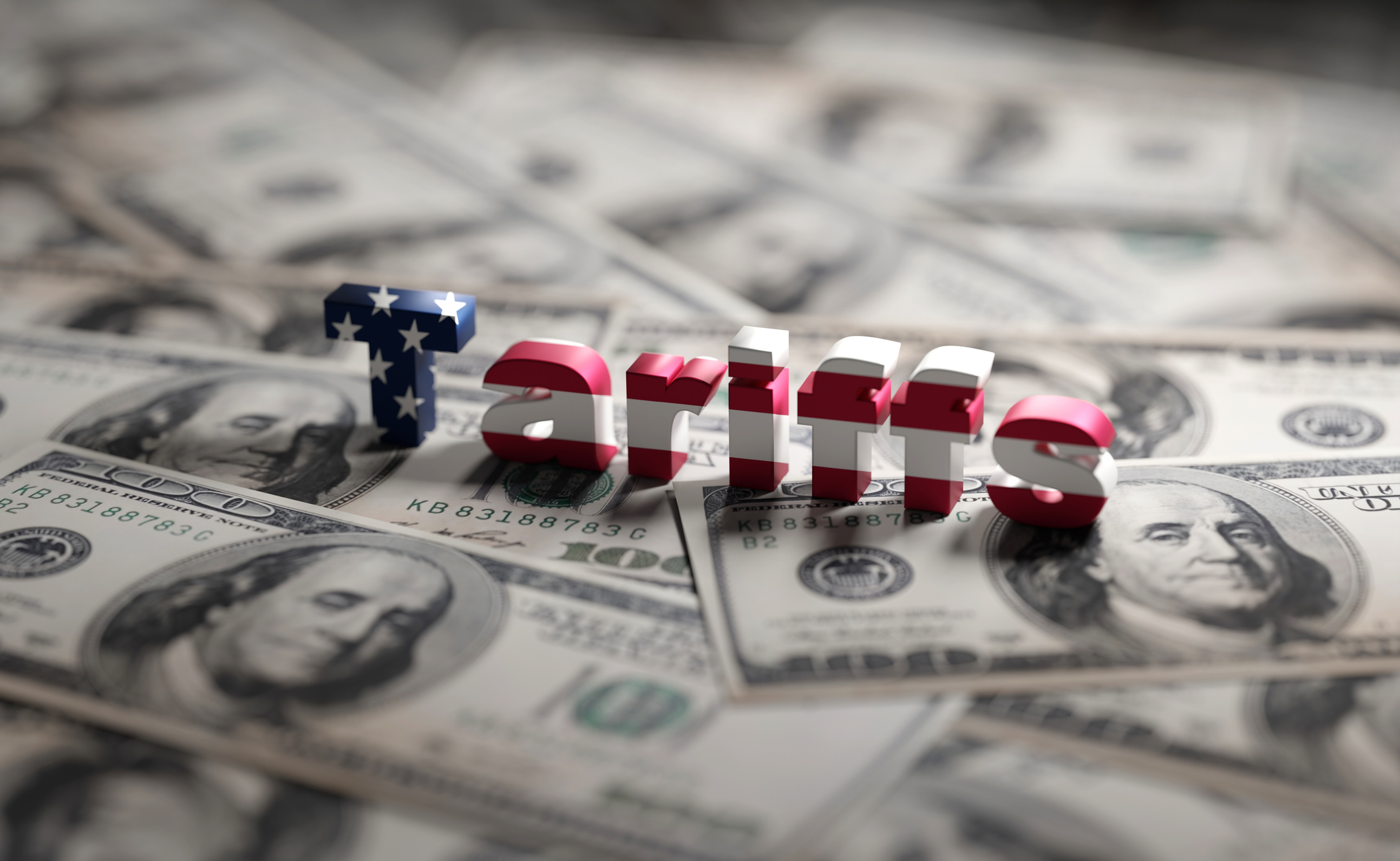 What Tariffs Mean for Your Sector Exposure
What Tariffs Mean for Your Sector ExposureNew, higher and changing tariffs will ripple through the economy and into share prices for many quarters to come.
-
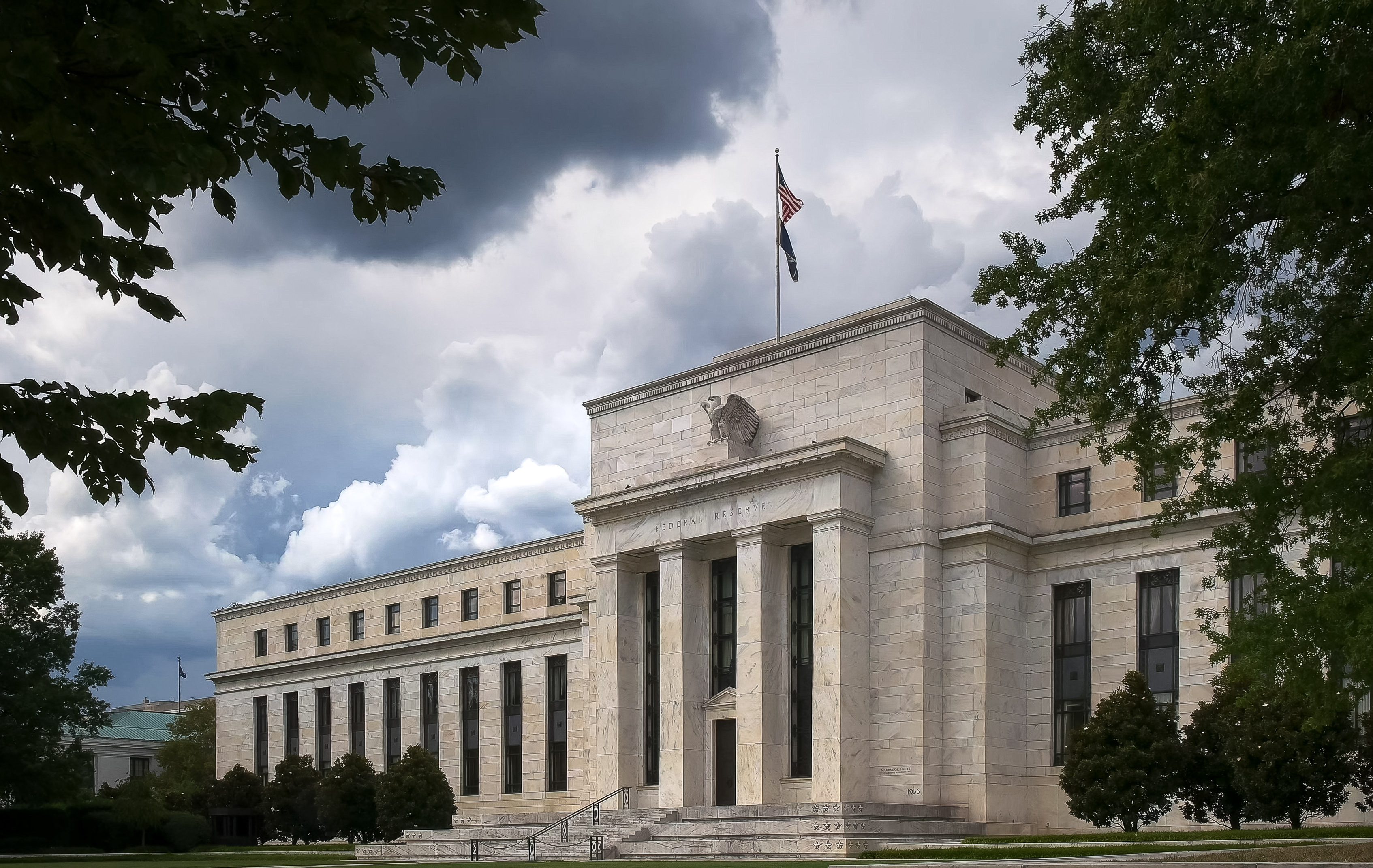 How to Invest for Fall Rate Cuts by the Fed
How to Invest for Fall Rate Cuts by the FedThe probability the Fed cuts interest rates by 25 basis points in October is now greater than 90%.
-
 Are Buffett and Berkshire About to Bail on Kraft Heinz Stock?
Are Buffett and Berkshire About to Bail on Kraft Heinz Stock?Warren Buffett and Berkshire Hathaway own a lot of Kraft Heinz stock, so what happens when they decide to sell KHC?
-
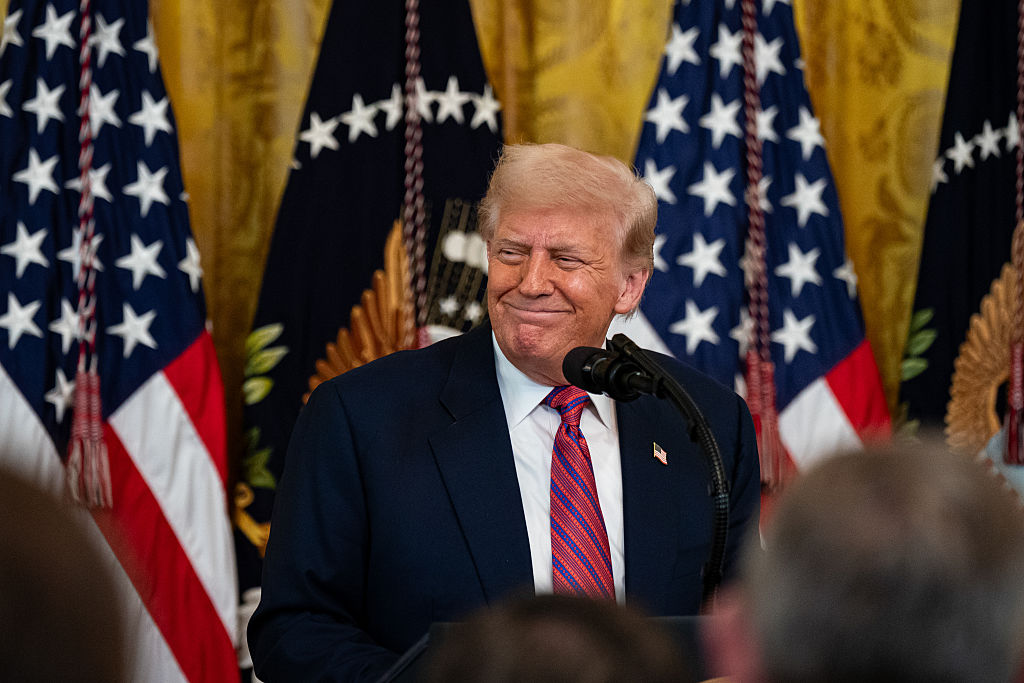 How the Stock Market Performed in the First 6 Months of Trump's Second Term
How the Stock Market Performed in the First 6 Months of Trump's Second TermSix months after President Donald Trump's inauguration, take a look at how the stock market has performed.
-
 Fed Leaves Rates Unchanged: What the Experts Are Saying
Fed Leaves Rates Unchanged: What the Experts Are SayingFederal Reserve As widely expected, the Federal Open Market Committee took a 'wait-and-see' approach toward borrowing costs.
-
 Fed Sees Fewer Rate Cuts in 2025: What the Experts Are Saying
Fed Sees Fewer Rate Cuts in 2025: What the Experts Are SayingFederal Reserve The Federal Reserve cut interest rates as expected, but the future path of borrowing costs became more opaque.